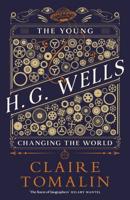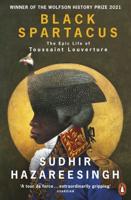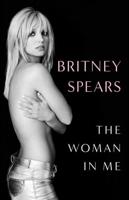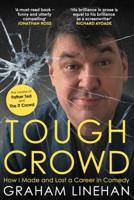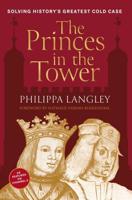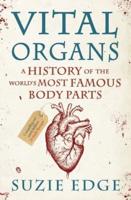Publisher's Synopsis
*Includes pictures of important people and places.
*Includes some of the authors' most famous quotes.
*Analyzes the real life inspirations behind their work and relationships.
*Explains the relationship and rivalry between Hemingway and Fitzgerald.
*Includes a Bibliography of each for further reading.
The 1920s in the United States were known as the "Roaring Twenties" and the Jazz Age, a time in the nation that glorified hard and fast living. Nobody personified the age or wrote so descriptively about it better than F. Scott Fitzgerald (1896-1940), whose name became synonymous with the times after penning the epic Great Gatsby.
Along with his dazzling wife Zelda, Fitzgerald was all too keen to play the role. When his writing made them celebrities, they were celebrated by the national press for being "young, seemingly wealthy, beautiful, and energetic." While Scott used their relationship as material in his novels, Zelda wrote herself, and she also strove to become a ballerina.
However, the Fitzgerald's barely outlasted the '20s. Their hard living left Fitzgerald, a notorious alcoholic, in poor health by the '30s. Financially broke, he would die of a massive heart attack in 1940, by which time Zelda had already suffered various mental illnesses. Zelda died in a freak fire in 1948, both Fitzgerald's having burned out almost as quickly as they had shined.
Fitzgerald traveled constantly, and one of his expatriate friends in Europe was none other than Ernest Hemingway, widely considered one of the most influential American authors of the 20th century. Students are unlikely to leave high school without reading one of Hemingway's classics, especially The Sun Also Rises (1926), and they are usually introduced to rudimentary details about Hemingway's eclectic life and controversial death.
Hemingway's literary career included several unquestioned classics, but a great deal of his fame and notoriety today comes from the fact that it has become impossible to separate his work from his life. In fact, Hemingway's service in World War I and his time as a war correspondent at places like Normandy during D-Day in World War II have also established him as the kind of masculine, adventurous man that Americans have long held out as cultural heroes. This is made even more ironic by the fact that Hemingway spent so much time overseas, both in Europe and Africa, to the extent that he became one of the most identifiable members of the "Lost Generation" of American expatriates, which included literary stars like Fitzgerald and Gertrude Stein. It is possible today for people to be familiar with the basic outline of his life despite rarely coming into contact with his writing.
Fitzgerald and Hemingway had tumultuous lives, so it was only fitting that they had a tumultuous friendship that also bordered on rivalry. In fact, Fitzgerald hoped that the last novel he was working on before his untimely end, The Last Tycoon, would propel him to the top of the literary world again, a spot occupied by Hemingway after the publication of For Whom The Bell Tolls. While that novel wouldn't do it, The Great Gatsby ultimately ensured that Fitzgerald would remain renowned, and the two have been permanently associated with each other ever since.
America's Greatest 20th Century Novelists profiles the lives and careers of two of America's most famous writers and cultural icons. Along with pictures of important people, places, and events, you will learn about Hemingway and Fitzgerald like you never have before.

